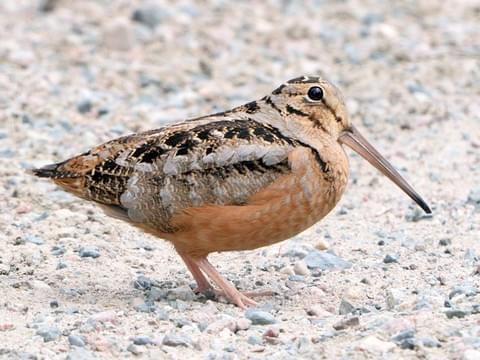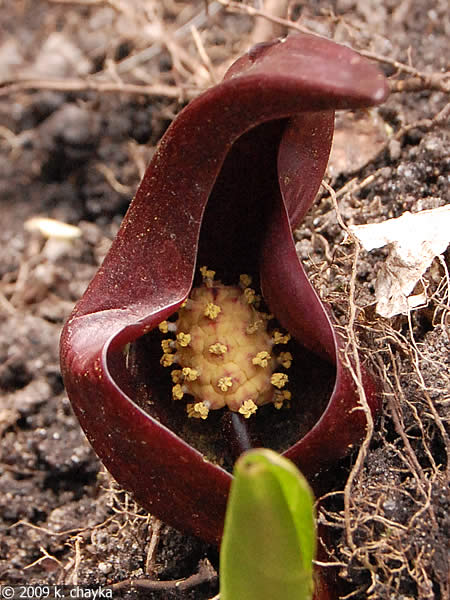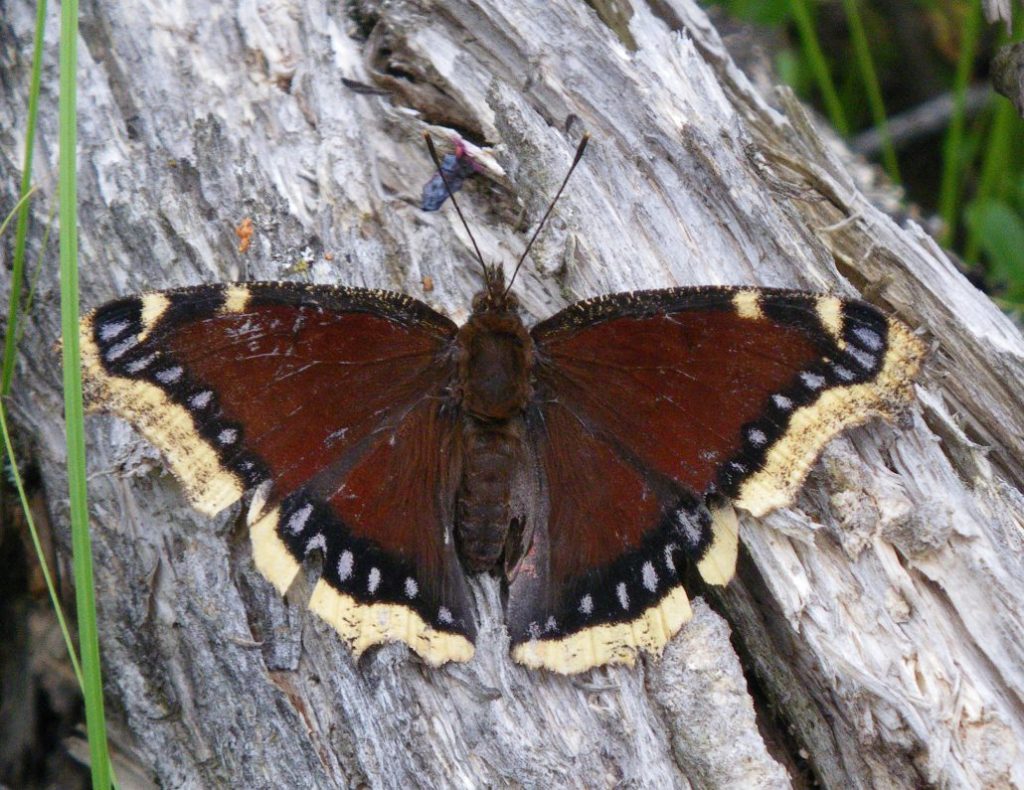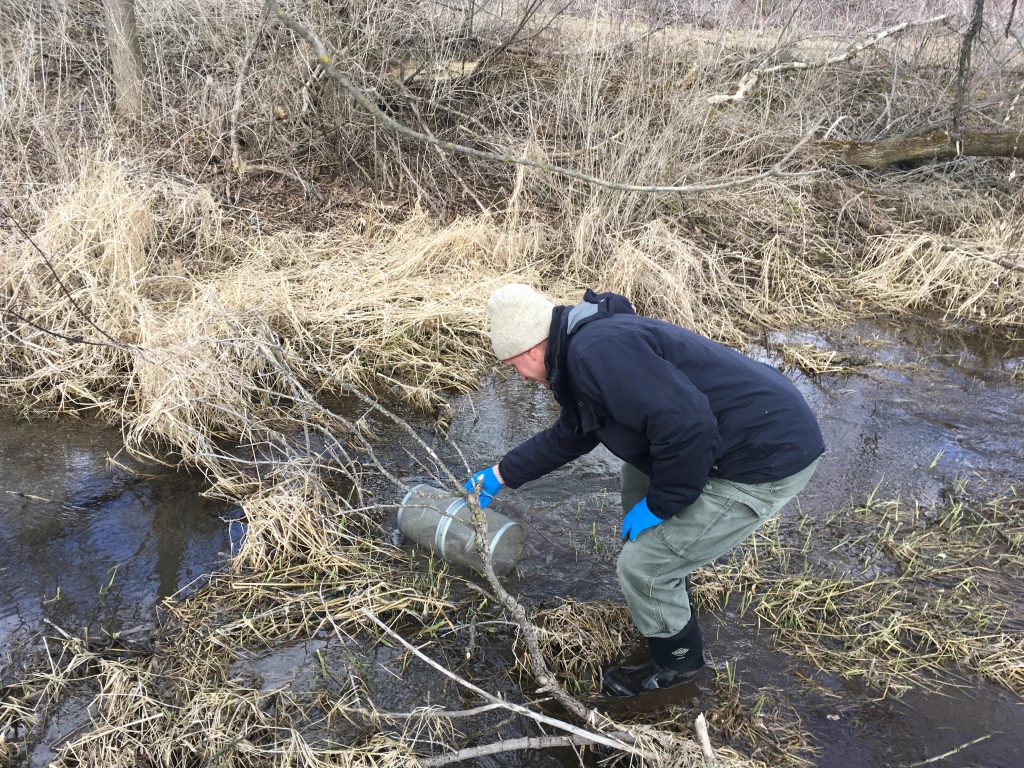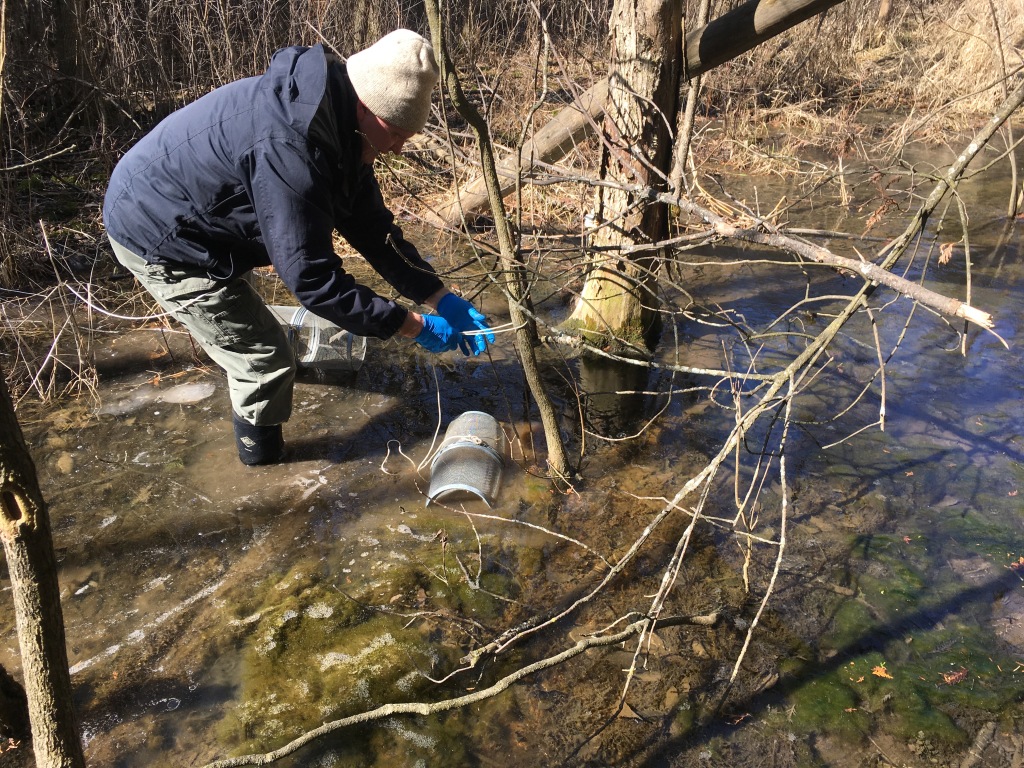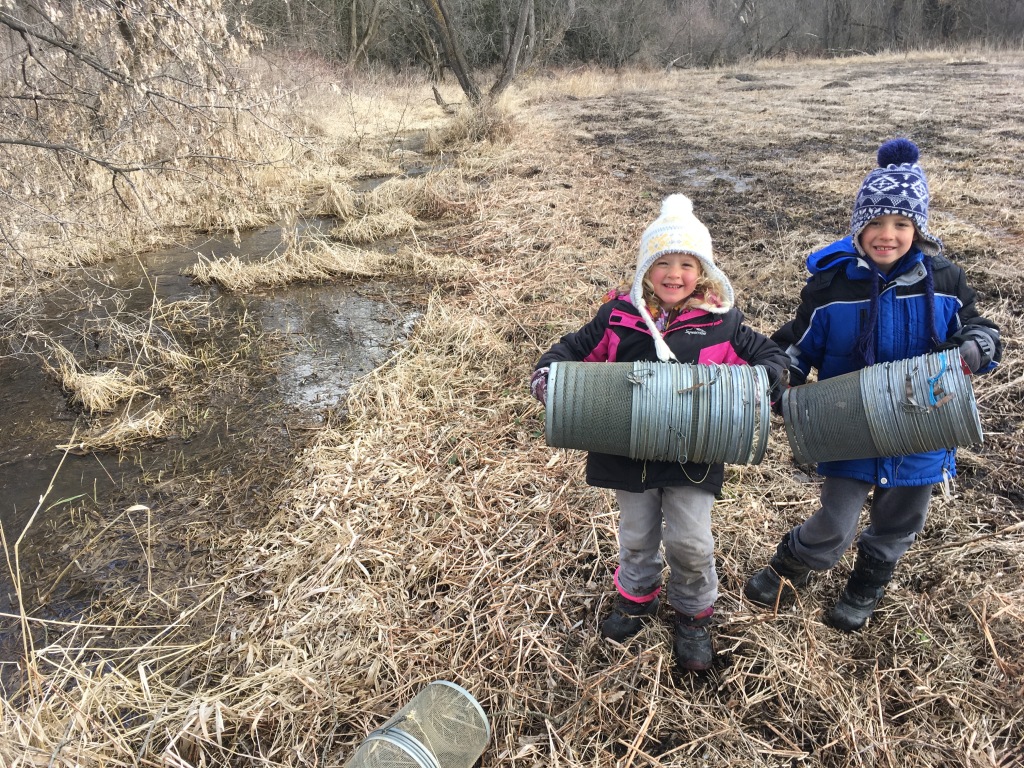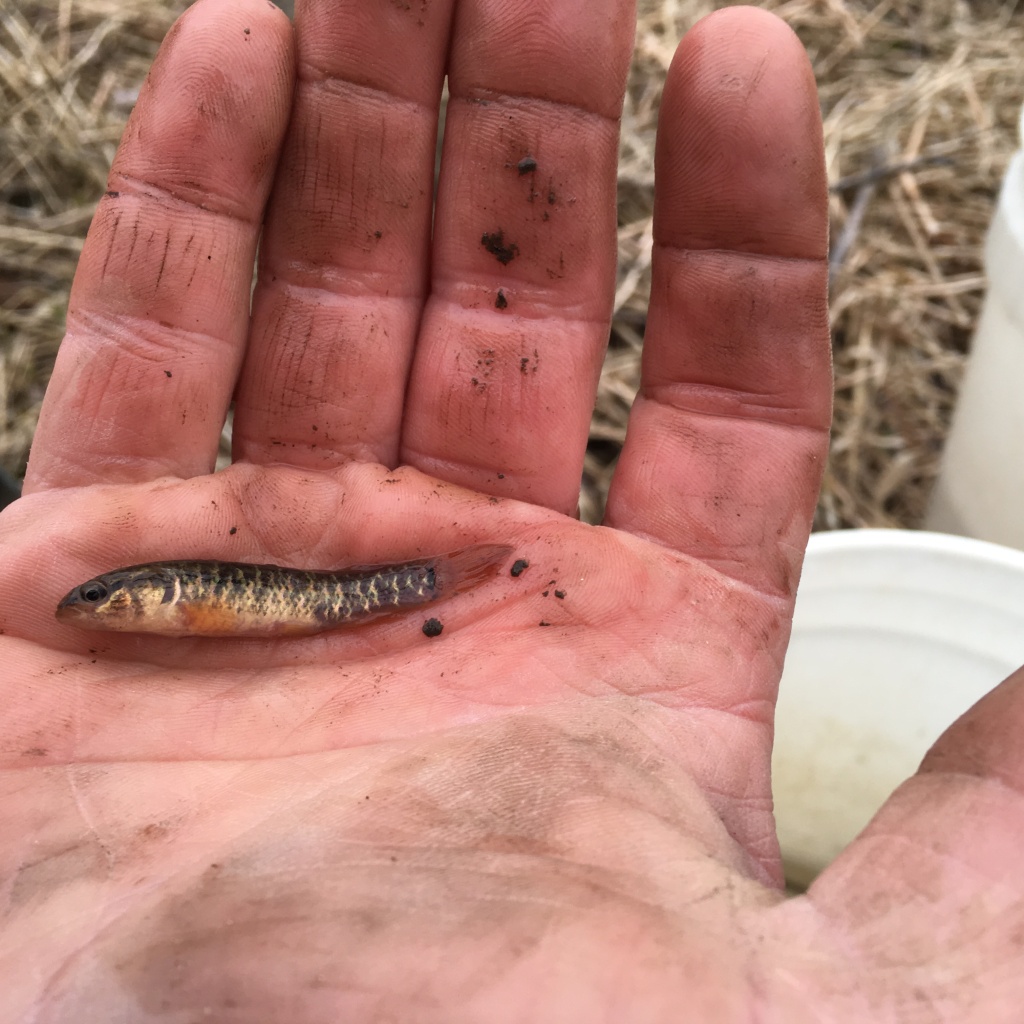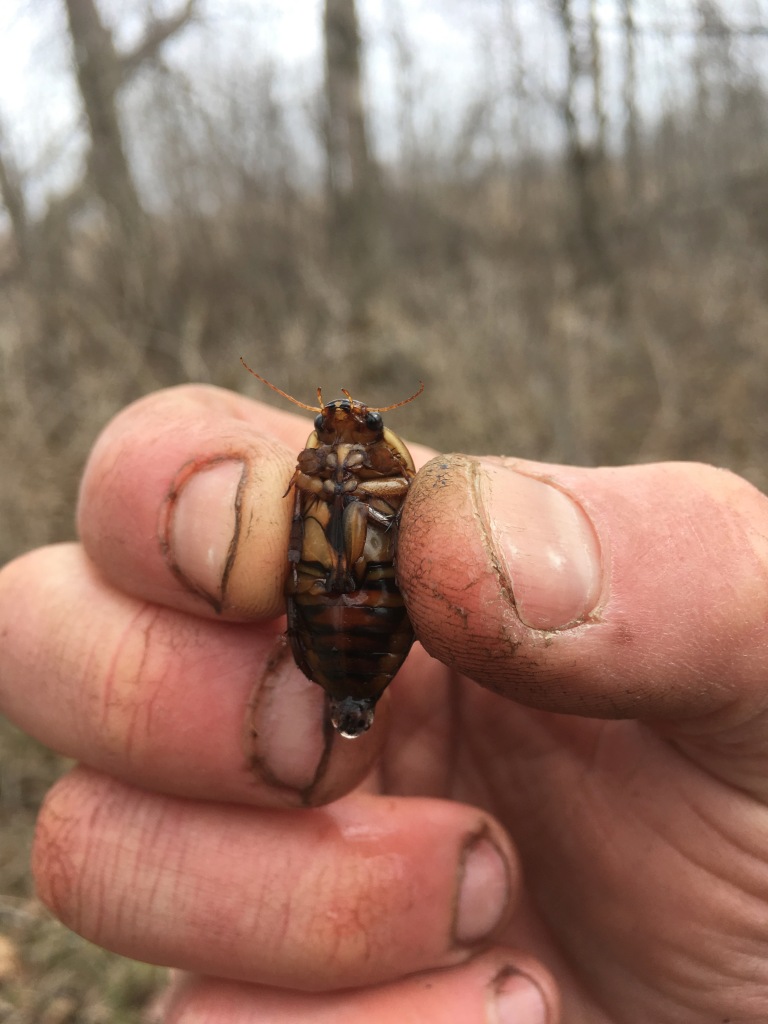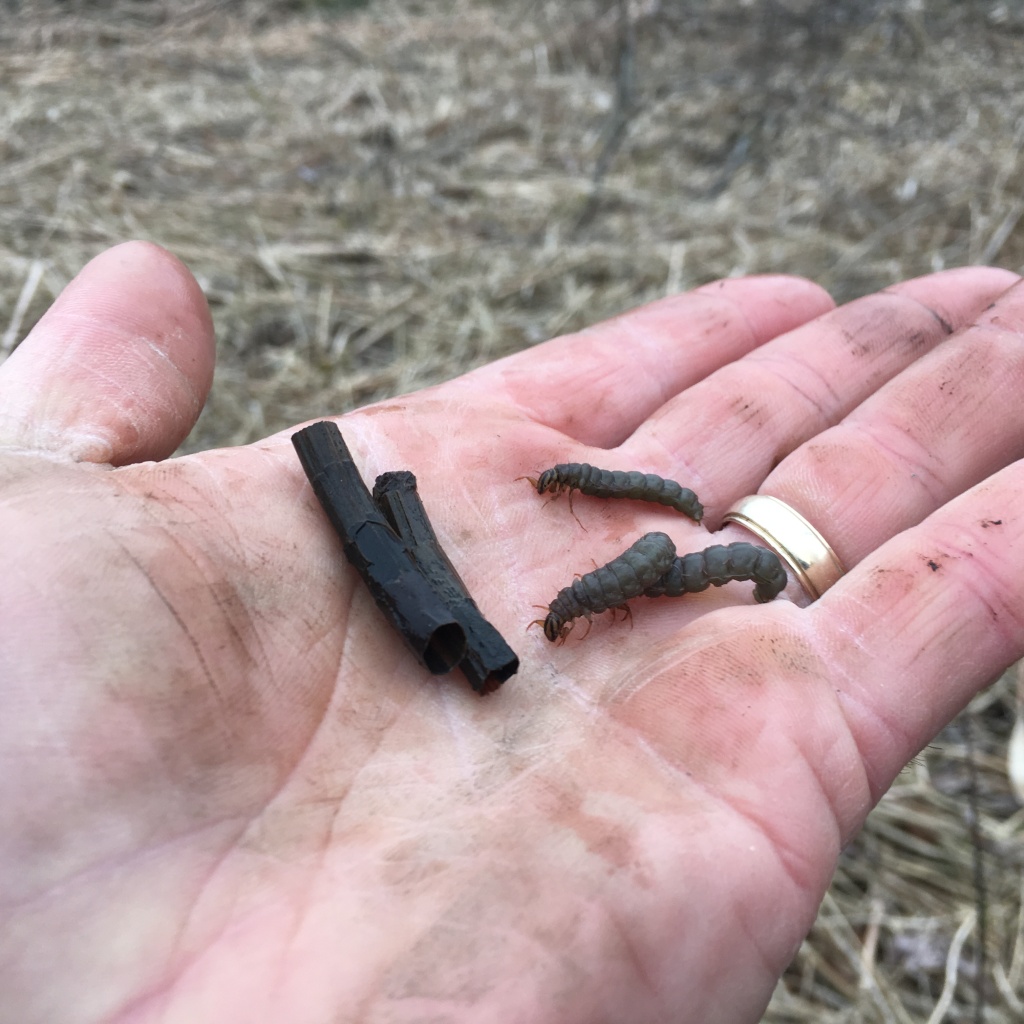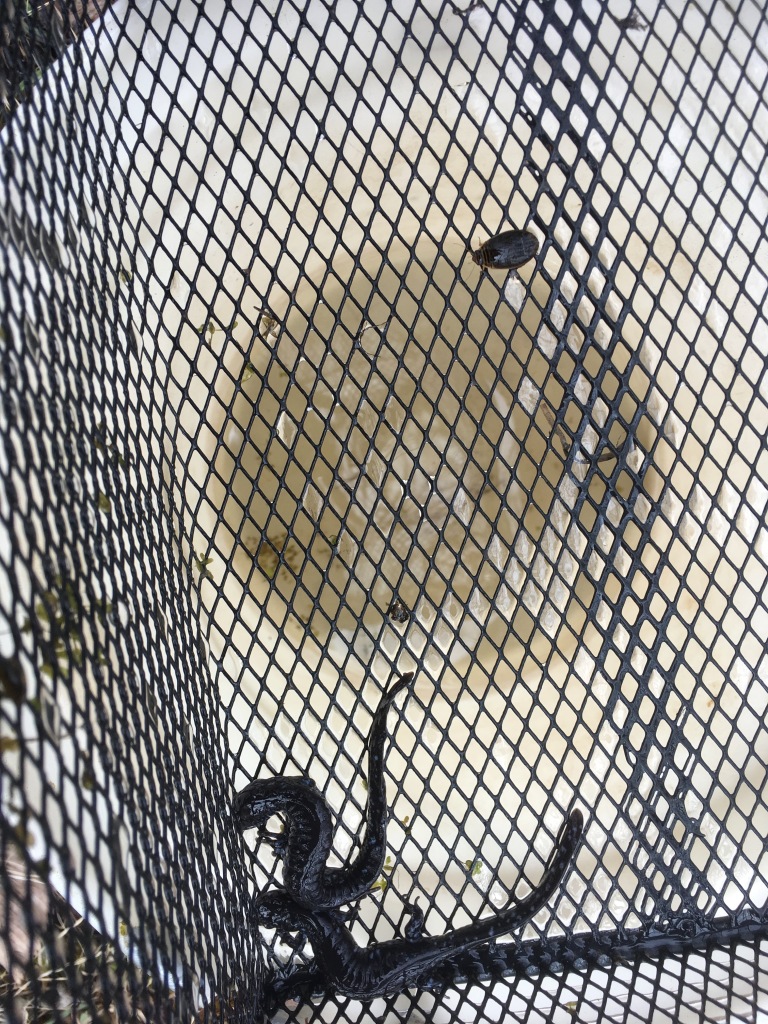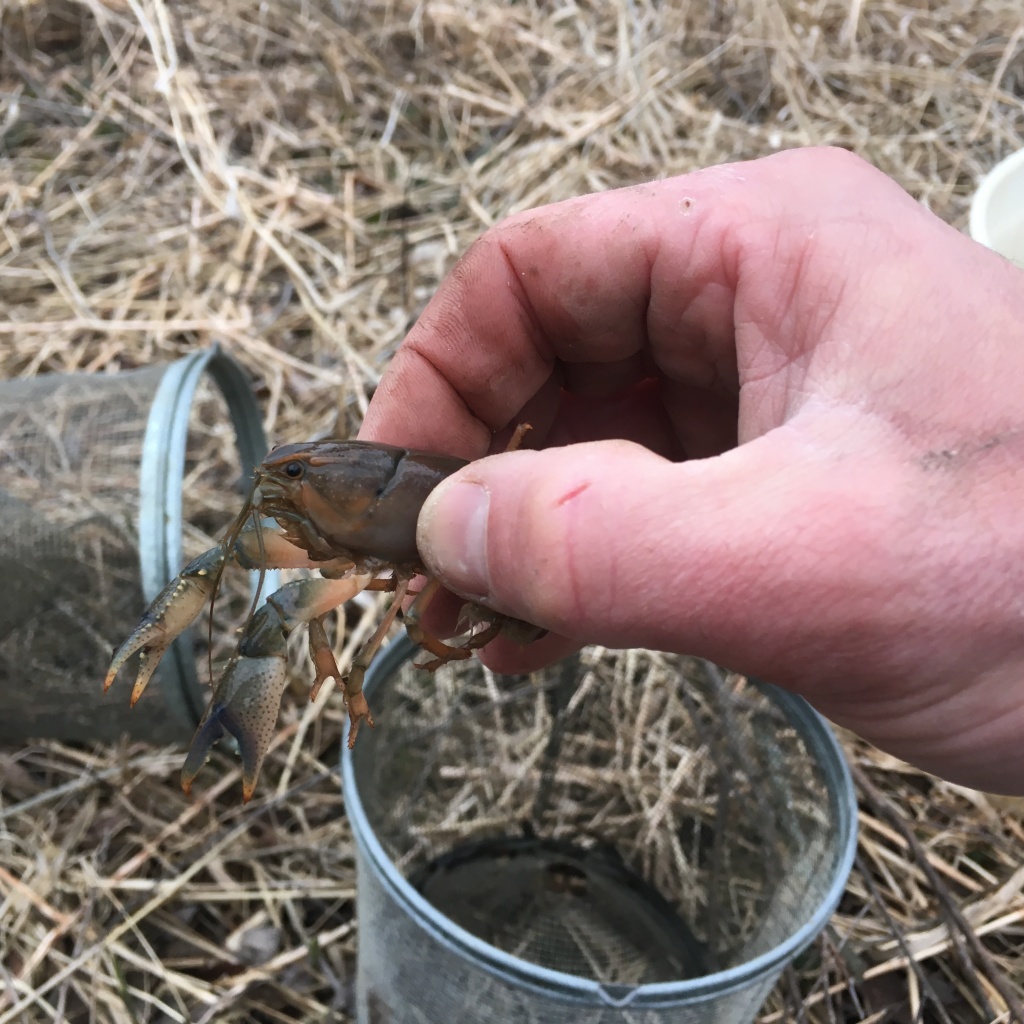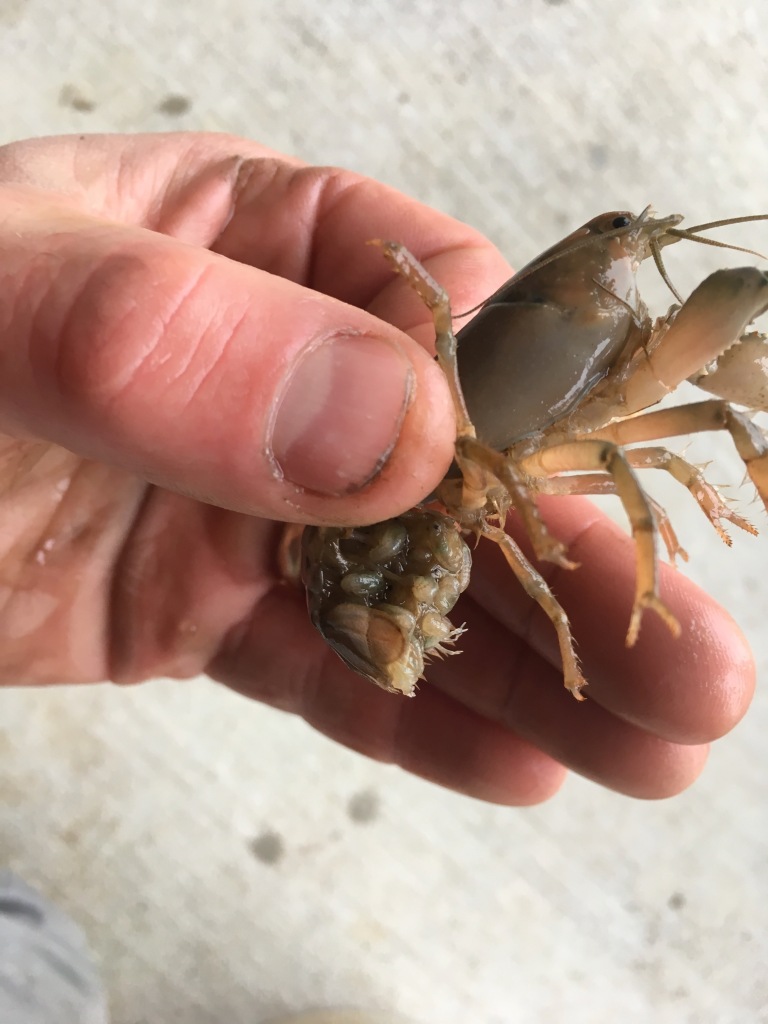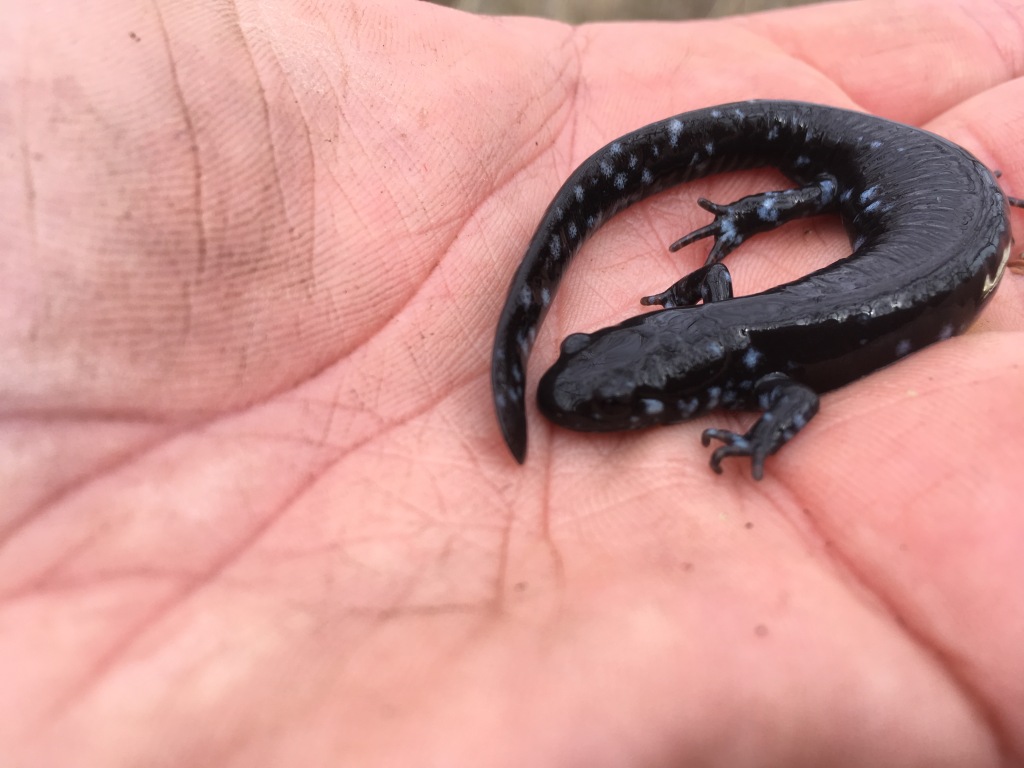
March can be such an emotional roller coaster; warmth and sunshine followed by ice, snow and cold. The landscapes look brown, devoid and lifeless. Yet, God’s life is stirring-up and working throughout the created world.
Maple Sap is flowing to the tops of trees while providing a sweet treat for sugarer’s during this Lenten season. Skunk cabbage, our earliest blooming flower, has already made its way through the ground to bloom (often needing to melt ice by creating heat). Woodcock’s are performing their mating ritual of the sky dance, fluttering several hundred feet into the air only to drift downward in a falling leaf display. Mourning cloak butterflies (our first butterfly to emerge) have spent the winter as a frozen adult and now search for nectar from broken tree branches and sap-sucker holes. These are all amazing indeed, but it is even a more hidden treasure I would like to highlight today.
God has written a precious book, whose letters are the multitudes of created things in the universe.
Pope Francis
After the first warm rains (and even with nighttime temperatures in the 20’s) our native salamanders and crayfish are heading to the ephemeral ponds and waterways to mate and lay eggs. This is the exact moment when researchers and citizen scientists do their live-trap monitoring.
Our native salamanders (Wisconsin has 7 including the newt and mudpuppy) are secretive creatures. We may have have found these critters as kids under logs or in our window wells. Three of our salamanders awake with the first rains and head to the nearest fish free wetland and vernal ponds to mate and lay eggs. Setting minnow traps to catch them is a great way to monitor their presence, abundance and breeding.
All water creatures, bless the Lord; praise and exalt Him above all forever.
Daniel 3:79
It is not just the salamanders you discover but many other little treasures along the way; sandhill crane nest, mud minnow, diving beetle and migrating birds.
The other cold-blooded creature moving during the nights may come as a surprise to you; the prairie crayfish. That’s right, not all crawfish spend their life underwater and Wisconsin has 6 native species. I recently discovered a crawfish burrow in the middle of a prairie on a nearby preserve and wondered what kind of crayfish it could be. Let the live-trapping begin!
Not a lot is known about these crayfish species and much of our knowledge has come in recent decades using live trapping. Like salamanders, the prairie crayfish comes out after the first rains to find water to breed (even with nighttime temperatures in the 20’s!). During the warmer months, they forage nocturnally in the prairies and woodlands for worms and other food. There burrows can be quite elaborate and go as deep as needed to hit the water table, even up to 10 feet.
There are amazing natural treasures all around us all the time. Many are right before our eyes but we need our eyes “focused on the little things” to see.
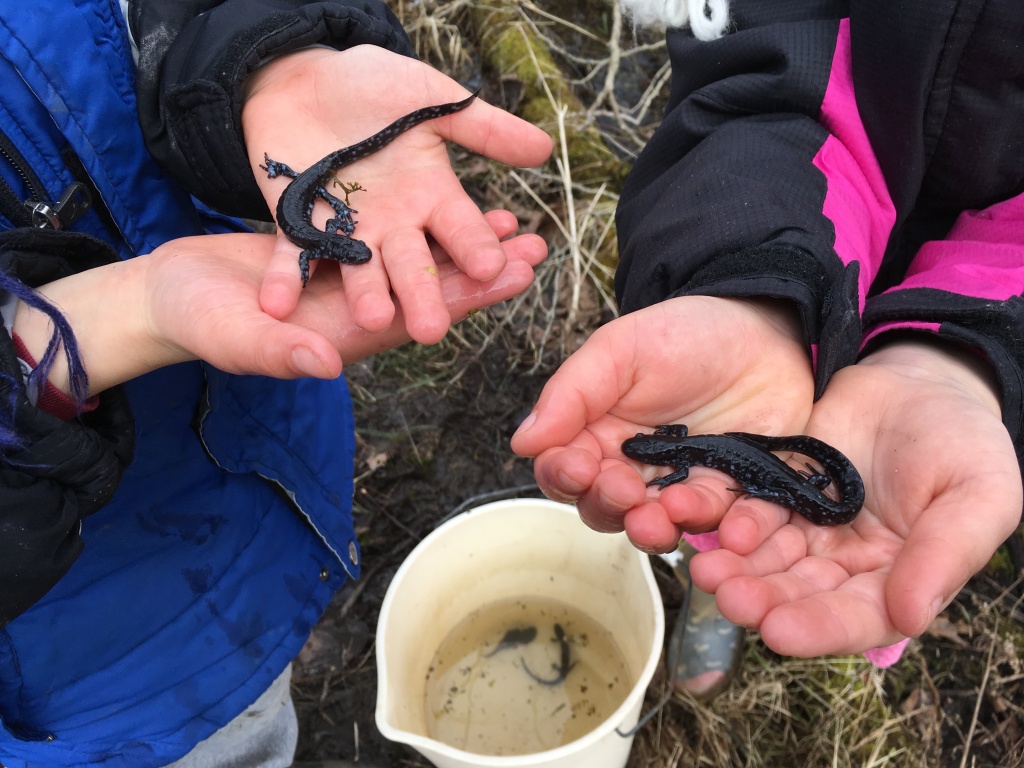
A special thanks to Dr. Gary Casper of Great Lakes Ecological Services and Ozaukee Washington Land Trust.
